Home>Articles>What Is The Correct Way To Position The Driver’s Seat And Mirrors Of Your Vehicle?
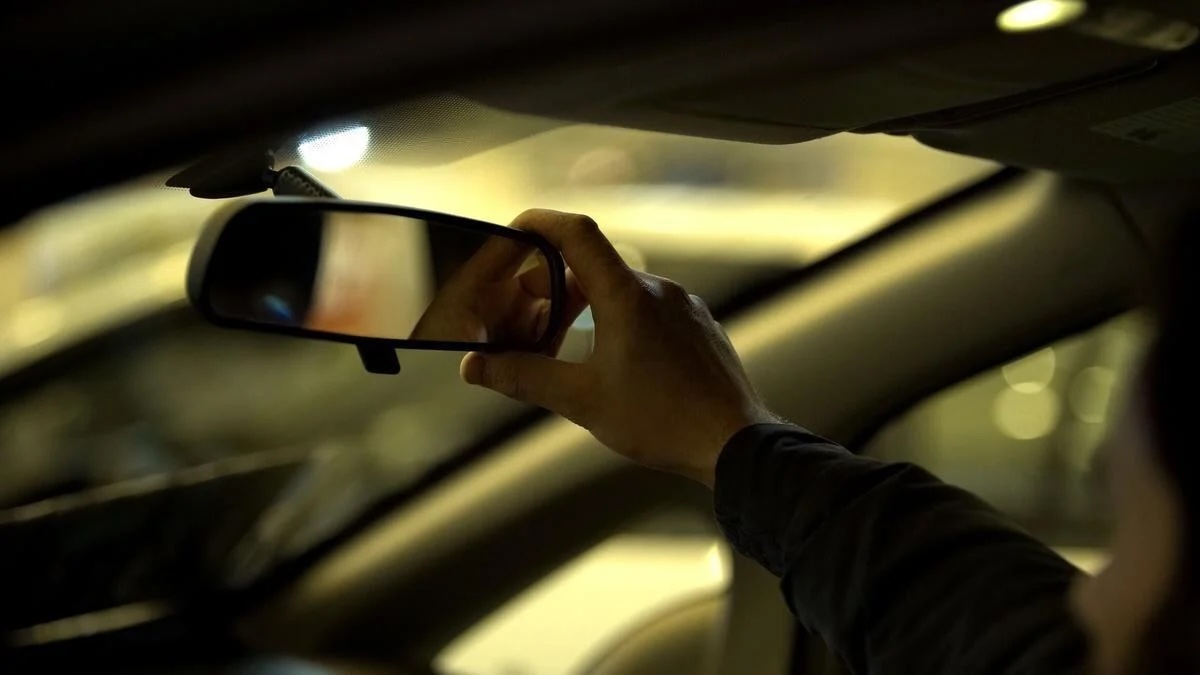

Articles
What Is The Correct Way To Position The Driver’s Seat And Mirrors Of Your Vehicle?
Modified: January 5, 2024
Discover the correct way to position the driver's seat and mirrors of your vehicle with our informative articles. Achieve optimal comfort and visibility for a safer drive.
(Many of the links in this article redirect to a specific reviewed product. Your purchase of these products through affiliate links helps to generate commission for Storables.com, at no extra cost. Learn more)
Introduction
Proper seat and mirror positioning is crucial for ensuring a safe and comfortable driving experience. Many people underestimate the importance of adjusting the driver’s seat and mirrors correctly, but the truth is that this simple act can greatly enhance your visibility on the road and minimize blind spots. In this article, we will explore the correct way to position both the driver’s seat and the mirrors in your vehicle to optimize your driving experience.
When it comes to driving, visibility is key. Being able to see clearly in all directions is essential for making informed decisions on the road, reacting quickly to potential hazards, and ensuring the safety of yourself, your passengers, and other road users. By taking the time to properly position your seat and mirrors, you can significantly improve your field of vision and reduce the risk of accidents.
It is worth noting that the correct seat and mirror positioning may vary slightly depending on factors such as your height, body proportions, and personal preference. However, there are general guidelines that can help you achieve an optimal driving position that is safe and comfortable.
In the following sections, we will delve into the correct positioning of the driver’s seat, rearview mirror, and side mirrors, as well as provide tips on adjusting the mirrors for maximum visibility. We will also discuss the importance of maintaining proper seat and mirror positioning over time, as it can easily be disrupted or changed inadvertently.
Key Takeaways:
- Proper seat and mirror positioning is crucial for safety and comfort while driving. Follow guidelines to optimize visibility and reduce blind spots, enhancing your overall driving experience.
- Maintaining correct seat and mirror settings is essential for ongoing safety and comfort. Regular checks and adjustments ensure optimal visibility and contribute to safer journeys for all road users.
Read more: How Should Side Mirrors Be Positioned
Importance of Proper Seat and Mirror Positioning
Proper seat and mirror positioning is vital for several reasons. First and foremost, it ensures that the driver has an unobstructed view of the road, reducing blind spots and increasing overall visibility. When your seat is positioned correctly, you have a clear line of sight through the windshield, allowing you to anticipate and react to potential hazards in a timely manner.
By adjusting the mirrors properly, you can eliminate blind spots and expand your field of vision. This enables you to have a more comprehensive view of the surrounding traffic, making lane changes and turns safer and more effective. Properly positioned mirrors also allow you to monitor the movement of vehicles behind you, minimizing the risk of collisions.
Additionally, proper seat and mirror positioning can greatly enhance your driving comfort. Sitting in an ergonomically correct position ensures that you maintain good posture and reduce the risk of developing discomfort or pain during prolonged drives. It also optimizes your reach to the steering wheel, pedals, and other controls, allowing for better vehicle control and reducing fatigue.
Moreover, when you position your seat and mirrors correctly, you contribute to the overall safety of the vehicle’s occupants. By maximizing your visibility, you are better equipped to anticipate and respond to unforeseen situations, reducing the chances of accidents or collisions.
Lastly, proper seat and mirror positioning is particularly important if you share your vehicle with others. Adjusting the seat and mirrors to your optimal position ensures that you can quickly and easily regain your preferred settings after someone else has driven the car. It also promotes good driving habits and sets an example for other drivers to prioritize safety.
Overall, the importance of proper seat and mirror positioning cannot be overstated. By taking the time to adjust these elements correctly, you enhance not only your own safety and comfort but also the safety of those around you. Now, let’s explore how to position the driver’s seat correctly.
Correct Positioning of the Driver’s Seat
Positioning the driver’s seat correctly is essential for optimal driving comfort and control. Here are some guidelines to help you achieve the correct seat position:
- Seat height: Adjust the seat height so that your hips are level with or slightly higher than your knees. This allows for better circulation and prevents your legs from feeling cramped during long drives. Use the seat height adjustment lever or button located on the side of the seat to achieve the desired height.
- Seat distance: Slide the seat forward or backward until you have a slight bend in your knees when your feet rest on the pedals. You should be able to fully depress the pedals without straining or reaching too far. Make sure your legs are not fully extended, as this can lead to muscle fatigue. Use the seat adjustment lever or switch to move the seat forward or backward.
- Seatback angle: Adjust the seatback angle to ensure that your back is fully supported. Aim for a slightly reclined position, as sitting too upright can cause discomfort and fatigue. Use the seatback adjustment lever or knob to tilt the seatback forward or backward until you find a comfortable position.
- Headrest position: Position the headrest so that it is level with the top of your head. This provides essential support in the event of a rear-end collision, reducing the risk of whiplash injuries. Adjust the headrest height by pulling it up or down, and make sure it is securely locked in place.
Remember to adjust the seat controls while stationary or with the assistance of a passenger. It is unsafe to make seat adjustments while driving.
Once you have properly positioned the driver’s seat, it’s time to focus on the mirrors. Let’s move on to the correct positioning of the rearview mirror.
Correct Positioning of the Rearview Mirror
The rearview mirror is an essential tool for monitoring the traffic behind you. It should be positioned in a way that maximizes your view of the road behind without obstructing your forward vision. Follow these steps to correctly position your rearview mirror:
- Adjust the angle: Sit in the driver’s seat and make sure you have a clear view of the entire rear windshield. Tilt the mirror up or down to achieve the best angle for your height and seating position. The mirror should be able to capture the majority of the rear window without showing too much of the interior of your vehicle.
- Minimize glare: Glare from headlights or sunlight can impair your visibility through the rearview mirror. To minimize glare, use the tab or lever located at the bottom of the mirror to flip it into the night mode. This position reduces the brightness and glare, making it easier to see objects behind you.
- Center the mirror: Ensure that the rearview mirror is centered directly in the middle of the windshield. It should provide an unobstructed view of the rear window while allowing you to see as much of the road in front of you as possible.
Properly positioning your rearview mirror is crucial for maintaining awareness of the traffic behind you while driving. Now, let’s move on to the correct positioning of the side mirrors.
When positioning the driver’s seat, ensure that your feet can comfortably reach the pedals and your hands can easily grip the steering wheel. Adjust the mirrors so that you have a clear view of the road behind and to the sides of your vehicle.
Correct Positioning of the Side Mirrors
The side mirrors, also known as wing mirrors or door mirrors, play a crucial role in expanding your field of vision. Correctly positioning these mirrors can help eliminate blind spots and improve overall visibility. Follow these steps to properly position your side mirrors:
- Adjust the angle: Sit in the driver’s seat and adjust the side mirrors so that the reflection captures the maximum view of the lanes next to your vehicle. A common mistake is positioning the side mirrors to show the sides of your own car. Instead, aim to eliminate blind spots by angling the mirrors outwards slightly.
- Minimize overlap: Ensure that the side mirrors do not overlap with what can be seen in the rearview mirror. Having some overlap between the rearview and side mirrors allows for a more seamless transition when checking your surroundings.
- Expand the view: The ideal position of the side mirrors is to see a small sliver of your own vehicle’s side in the inner edge of the mirror. This maximizes the view of the lanes next to you, enhancing your ability to detect vehicles approaching from the rear or in adjacent lanes.
Remember, adjusting the side mirrors correctly is crucial for minimizing blind spots and increasing your overall situational awareness. Now that you have positioned the rearview mirror, driver’s seat, and side mirrors correctly, it’s time to adjust them for maximum visibility.
Adjusting the Mirrors for Maximum Visibility
Now that you have positioned the rearview mirror and side mirrors correctly, it’s important to adjust them for maximum visibility. Follow these steps to ensure that your mirrors provide you with the best possible view:
- Rearview mirror: Check that the rearview mirror is aligned properly. You should be able to see the entire rear window without excessive overlap with the side mirrors. Make any necessary adjustments to ensure a clear and unobstructed view of the road behind.
- Side mirrors: To adjust the side mirrors effectively, sit in the driver’s seat and lean to the left until your head almost touches the driver’s side window. From this position, adjust the left side mirror so that you can just see the side of your vehicle. Return to your normal driving position and repeat the process for the right side mirror.
- Test the visibility: To ensure that the mirrors are properly adjusted, check for blind spots by looking over your shoulder while keeping your gaze on the road ahead. You should be able to see vehicles or objects moving in the adjacent lanes without needing to rely solely on the side mirrors.
- Periodic checks: Regularly review the mirror positioning and make any necessary adjustments. Over time, vibrations or unintentional movements may shift the mirrors out of their ideal positions. Taking a few moments to double-check the mirror setup can go a long way in maintaining maximum visibility.
By adjusting your mirrors for maximum visibility, you significantly reduce blind spots and enhance your ability to monitor the traffic around your vehicle. This, in turn, enhances your overall safety and driving experience.
However, it’s important to remember that mirrors alone cannot provide complete visibility. Always perform shoulder checks and use your mirrors in conjunction with proper signaling when changing lanes or making turns.
Maintaining Proper Seat and Mirror Positioning
Once you have positioned your seat and mirrors correctly, it’s essential to maintain these settings to ensure optimal safety and comfort. Here are some tips to help you maintain proper seat and mirror positioning:
- Seat adjustments: Avoid making unnecessary adjustments to your seat while driving. Once you have found your ideal seat position, leave it there unless it becomes uncomfortable or you let someone else drive the vehicle. Remember to readjust your seat to your preferred position after someone else has used the car.
- Mirror adjustments: Resist the temptation to readjust your mirrors while driving, as it can distract you from the road. If you feel the need to make a mirror adjustment, wait until you can safely pull over or ask a passenger to help you. Regularly check the positioning of your mirrors to ensure they have not been accidentally bumped or shifted.
- Repositioning after cleaning: When cleaning your vehicle, be cautious not to accidentally change the position of your seat or mirrors. Take note of your seat and mirror settings before cleaning, and make sure to return them to their initial positions once you’re finished.
- Periodic checks: Make it a habit to periodically check the positioning of your seat and mirrors, especially after long trips or if you notice any discomfort or decreased visibility. These quick checks can help you maintain the optimal driving position and ensure maximum visibility.
- Personal adjustments: If you are sharing your vehicle with someone who requires different seat and mirror settings, try to find a compromise that allows each driver to maintain a comfortable and safe driving position. Consider labeling or marking your preferred seat and mirror positions for easy reference.
By proactively maintaining proper seat and mirror positioning, you can optimize your driving experience and maintain a high level of safety and comfort. Consistently checking and readjusting as needed will ensure that you stay aware of your surroundings and minimize any potential blind spots.
Remember, prioritizing seat and mirror positioning is not only crucial for your own safety but also for the safety of all road users. By taking the time to set up your seat and mirrors correctly and maintaining them properly, you can contribute to safer and more enjoyable journeys.
Frequently Asked Questions about What Is The Correct Way To Position The Driver's Seat And Mirrors Of Your Vehicle?
Was this page helpful?
At Storables.com, we guarantee accurate and reliable information. Our content, validated by Expert Board Contributors, is crafted following stringent Editorial Policies. We're committed to providing you with well-researched, expert-backed insights for all your informational needs.
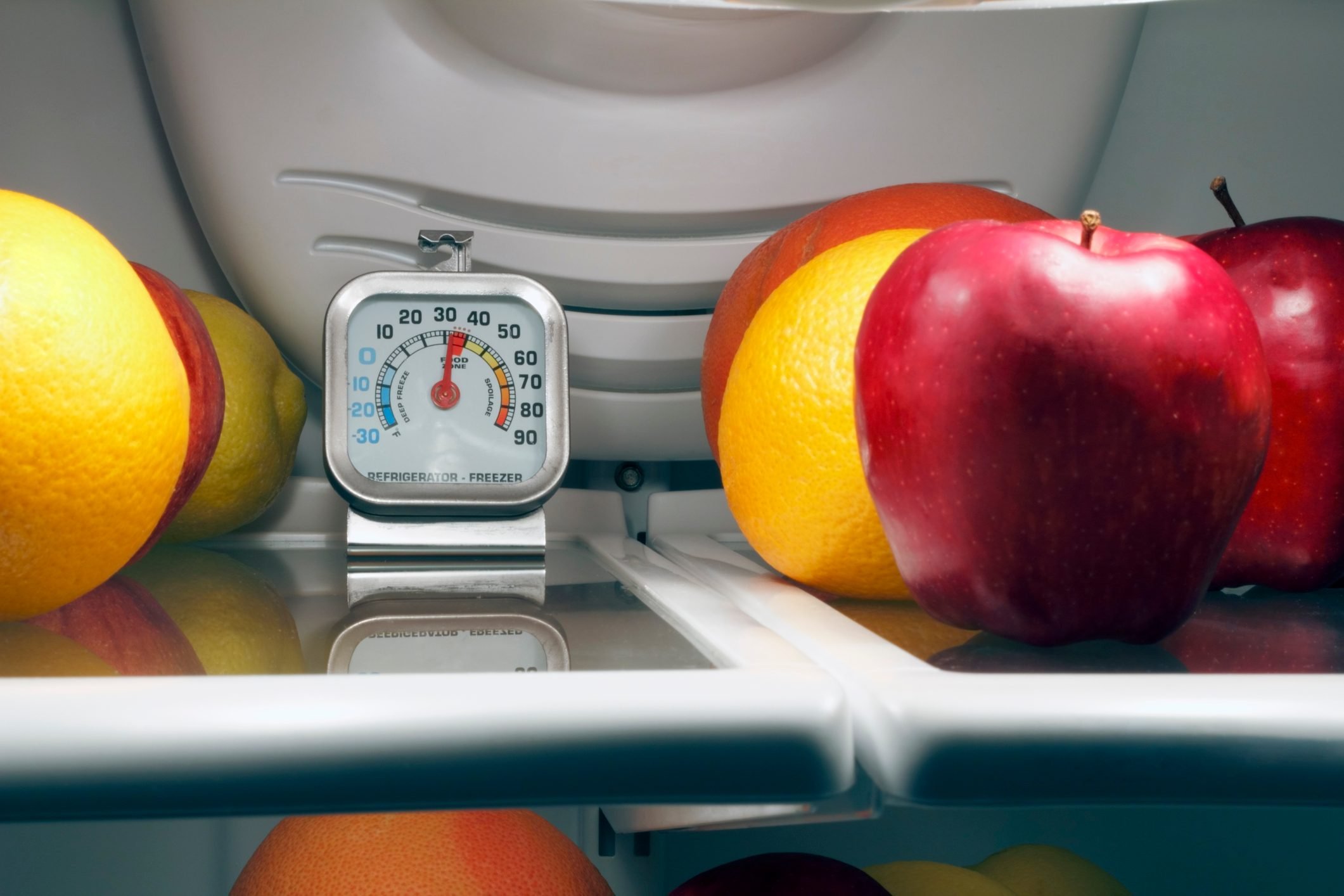
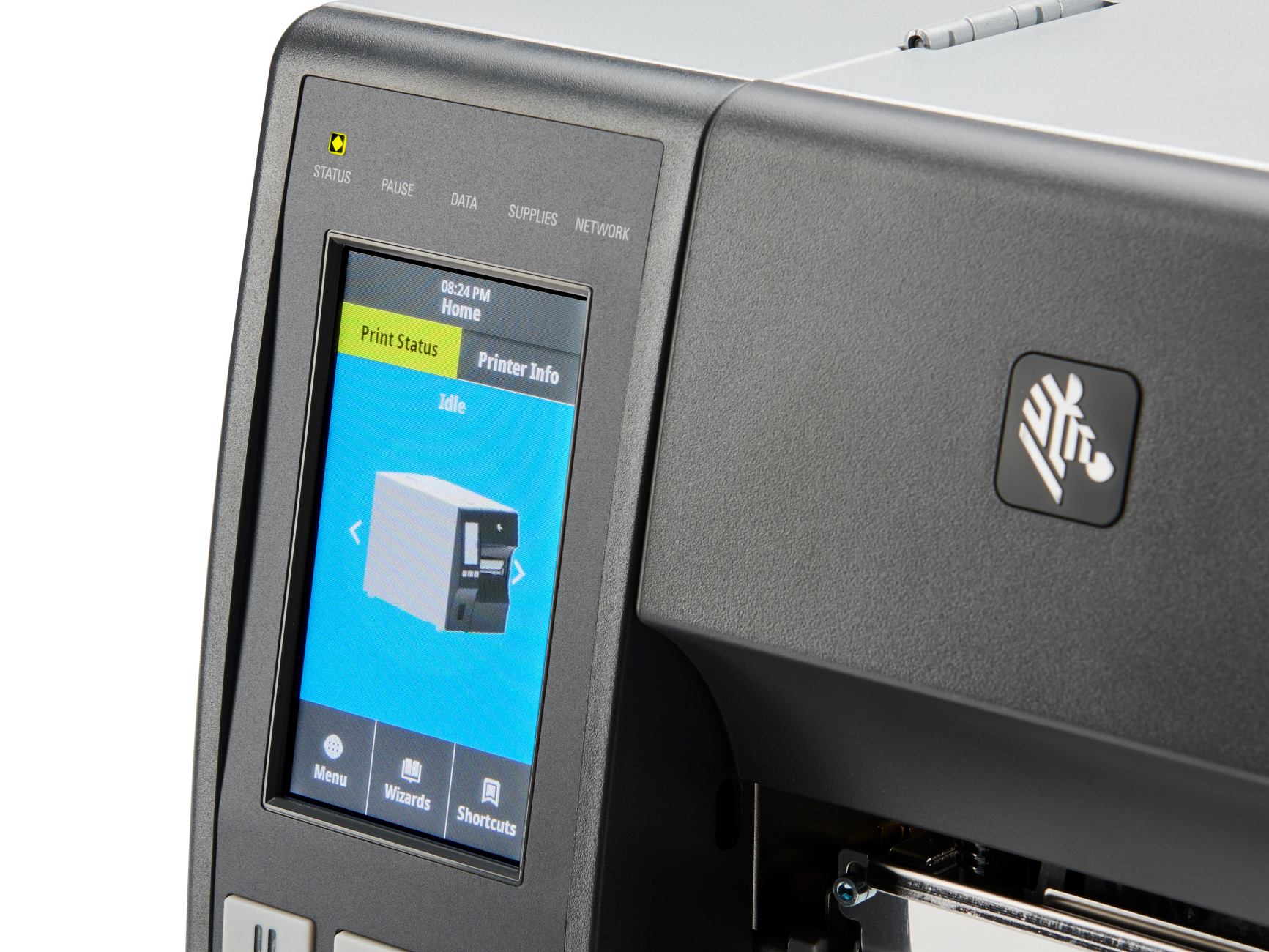
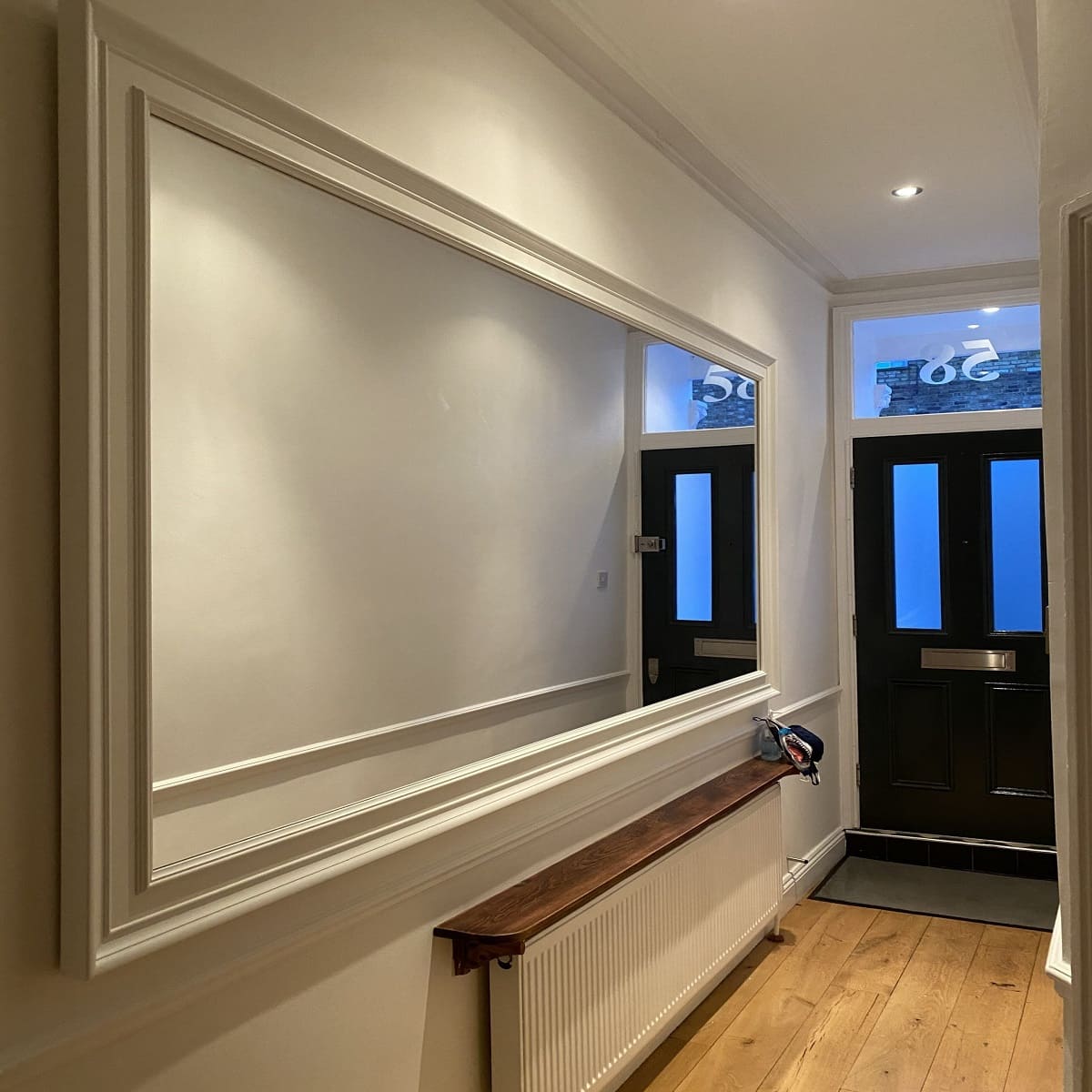

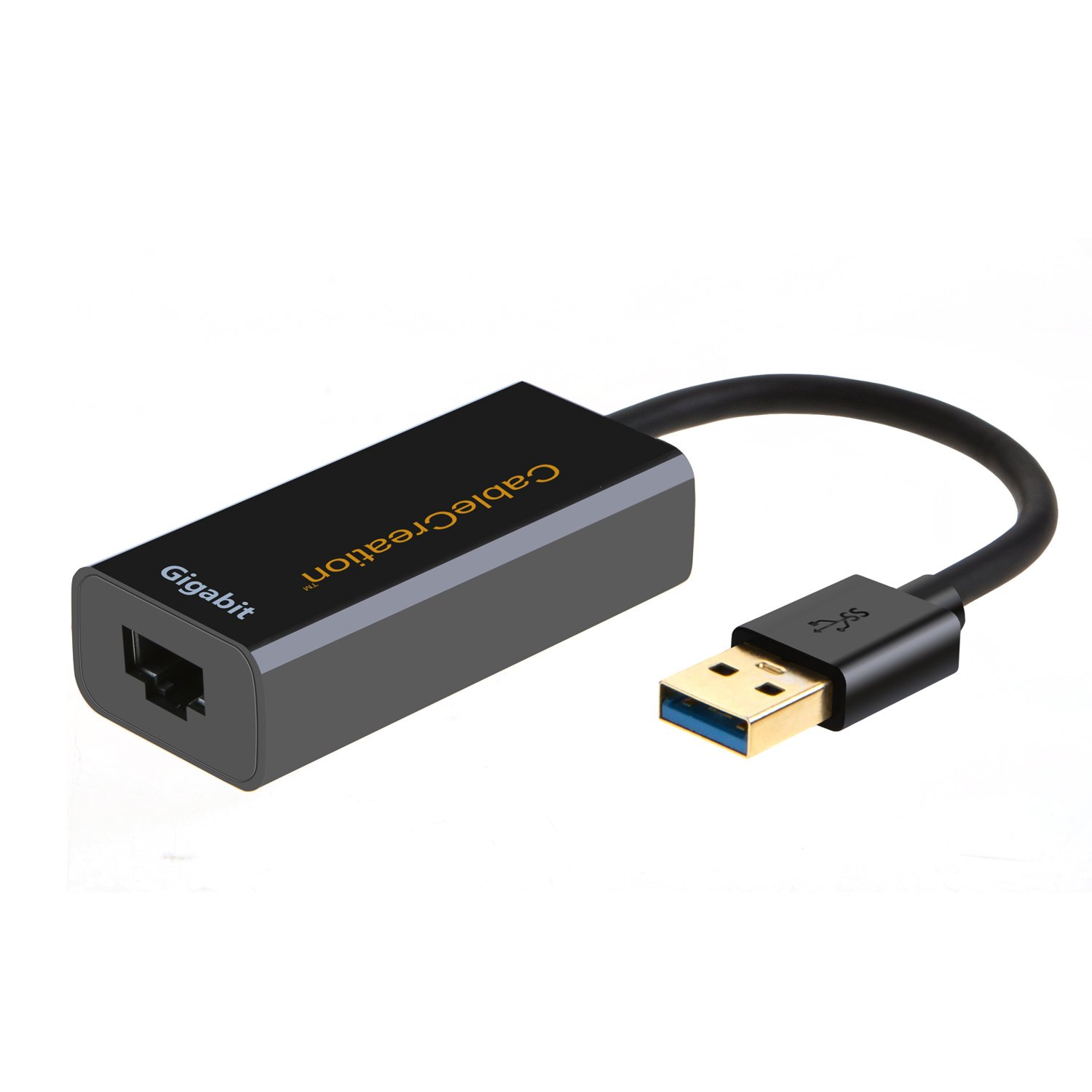
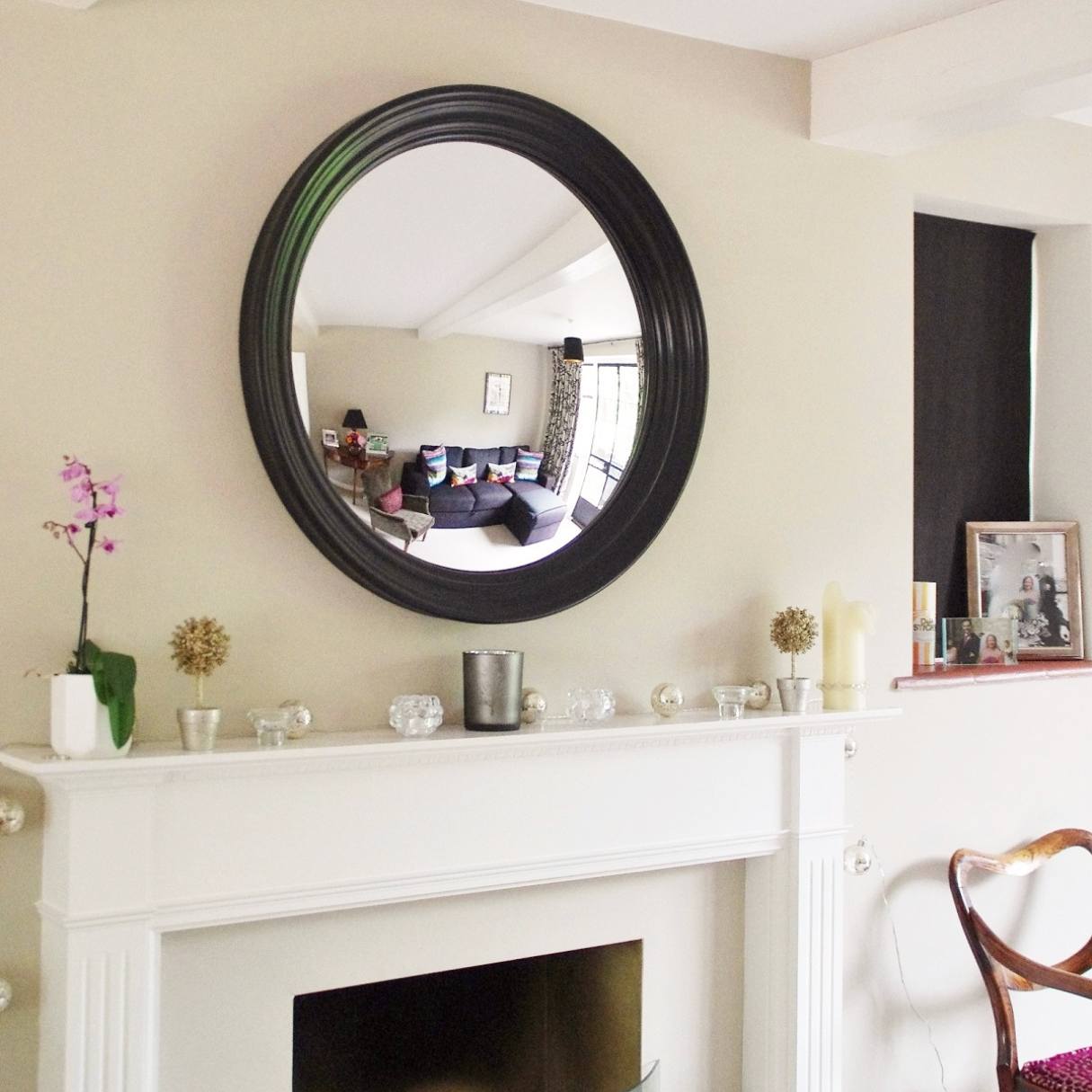
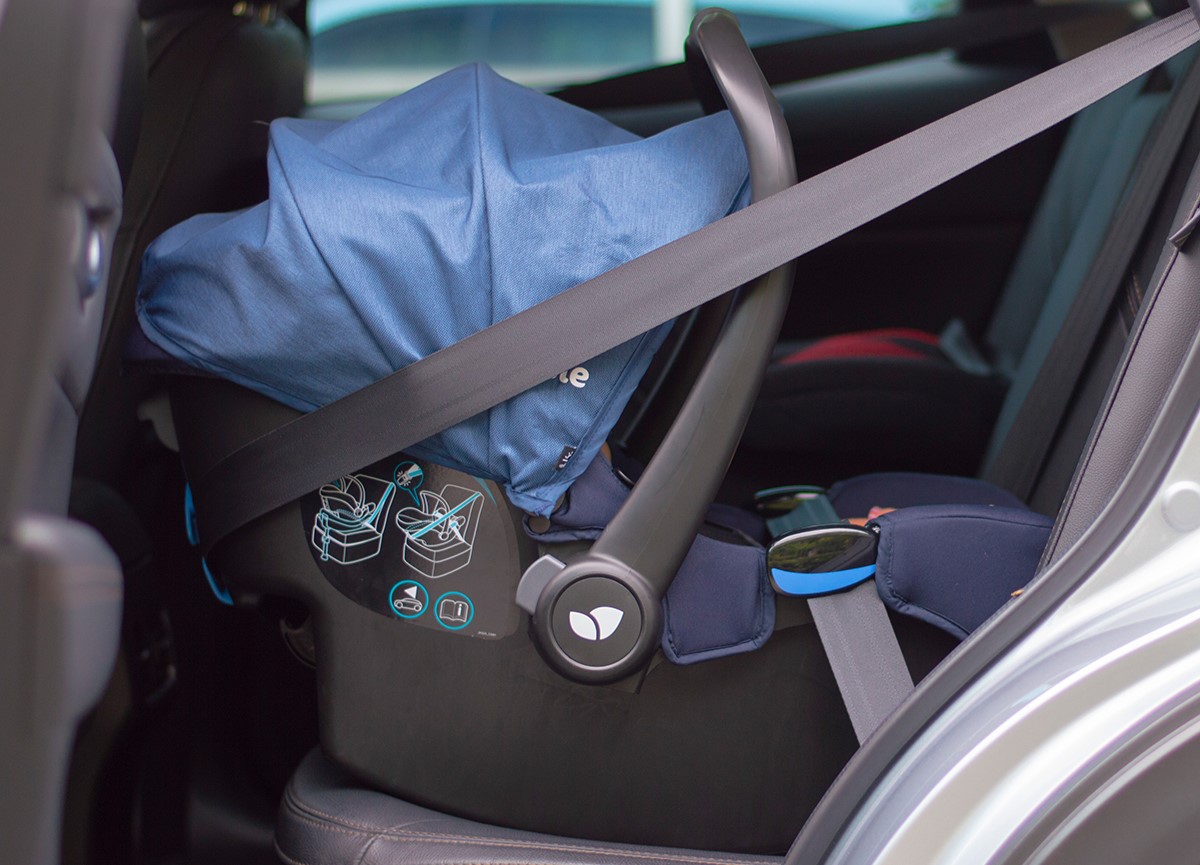
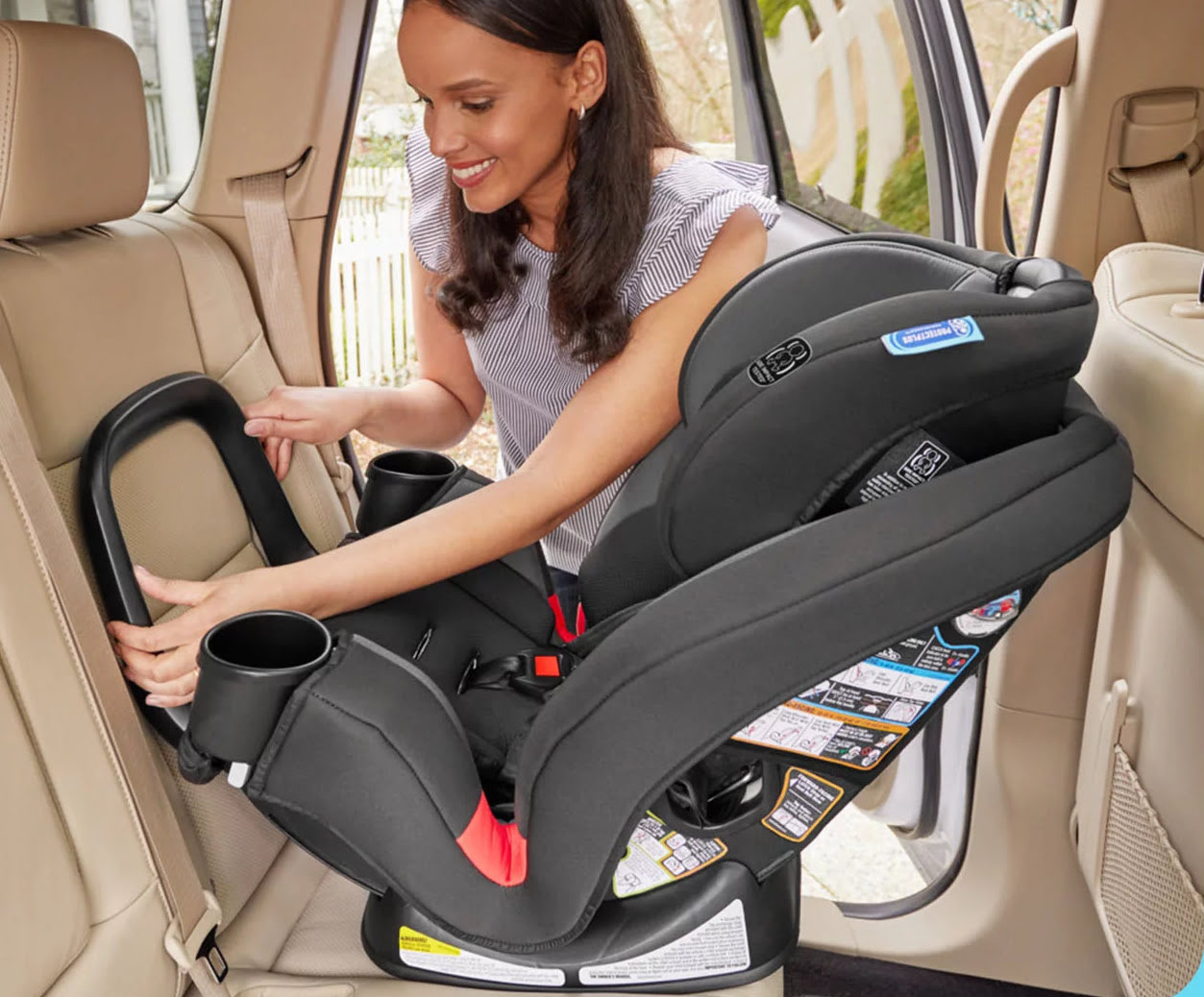

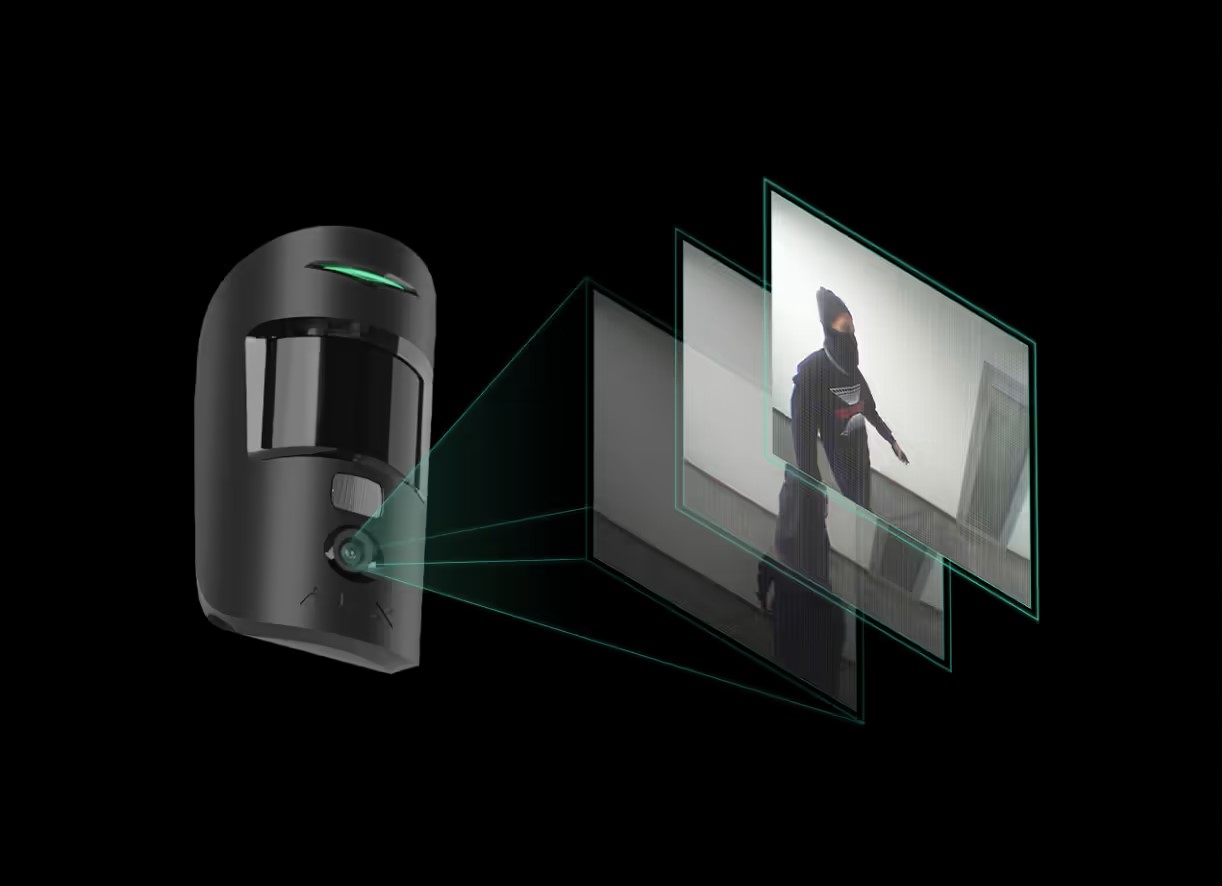





0 thoughts on “What Is The Correct Way To Position The Driver’s Seat And Mirrors Of Your Vehicle?”